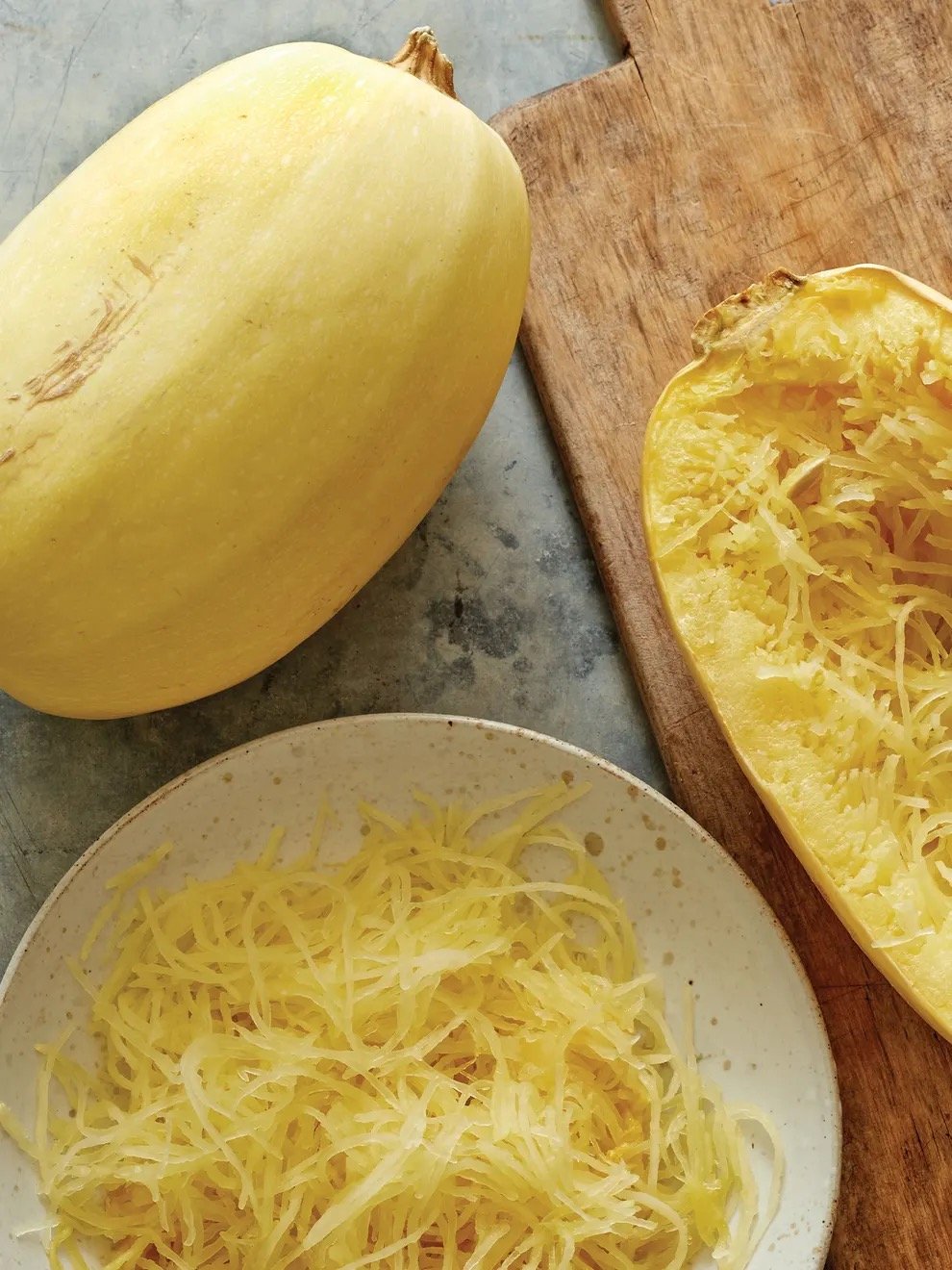 Image 1 of 1
Image 1 of 1


Squash, Winter, Vegetable Spaghetti
Seeds from Burpee. Description and growing instructions below from Burpee.
How to Sow and Plant
Sow seeds directly in the garden in fertile, warm soil in full sun after danger of frost has passed.
Be sure to choose an area when you did not plant squash or related crops within 2 years.
Allow plenty of growing space for vining types.
For improved drainage sow in mounds, or hills of soil 12 inches in diameter, 6-8 inches tall.
Sow 1-2 seeds about 3-6 inches apart. Cover with 1 inch of fine soil.
Firm lightly and keep evenly moist.
Seedlings emerge in 10-14 days.
Thin to one plant when seedlings have two sets of leaves.
How to Grow
Keep weeds under control during the growing season. Weeds compete with plants for water, space and nutrients, so control them by either cultivating often or use a mulch to prevent their seeds from germinating.
Squash plants have a shallow root system, mulches help retain soil moisture and maintain even soil temperatures.
Keep plants well-watered during the growing season, especially during dry spells. Plants need about 1-2 inches of rain per week during the growing season. Use a rain gauge to check to see if you need to add water. It's best to water with a drip or trickle system that delivers water at low pressure at the soil level. If you water with overhead sprinklers, water early in the day so the foliage has time to dry off before evening, to minimize disease problems. Keep the soil moist but not saturated.
Squash plants are “dioecious” having both male and female flowers on the same plant. Male flowers will open first and the female flowers will open later.
Monitor for pests and diseases. Check with your local Cooperative Extension Service for pest controls recommended for your area.
Attract bee pollinators by planting daisies such as sunflowers, cosmos, zinnias and coneflower, and mints such as beebalm, sage, oregano and lavender. More bees mean more chances flowers will be pollinated and develop into fruits. Border squash plots with rows of beans, herbs, peppers and tomatoes.
Seeds from Burpee. Description and growing instructions below from Burpee.
How to Sow and Plant
Sow seeds directly in the garden in fertile, warm soil in full sun after danger of frost has passed.
Be sure to choose an area when you did not plant squash or related crops within 2 years.
Allow plenty of growing space for vining types.
For improved drainage sow in mounds, or hills of soil 12 inches in diameter, 6-8 inches tall.
Sow 1-2 seeds about 3-6 inches apart. Cover with 1 inch of fine soil.
Firm lightly and keep evenly moist.
Seedlings emerge in 10-14 days.
Thin to one plant when seedlings have two sets of leaves.
How to Grow
Keep weeds under control during the growing season. Weeds compete with plants for water, space and nutrients, so control them by either cultivating often or use a mulch to prevent their seeds from germinating.
Squash plants have a shallow root system, mulches help retain soil moisture and maintain even soil temperatures.
Keep plants well-watered during the growing season, especially during dry spells. Plants need about 1-2 inches of rain per week during the growing season. Use a rain gauge to check to see if you need to add water. It's best to water with a drip or trickle system that delivers water at low pressure at the soil level. If you water with overhead sprinklers, water early in the day so the foliage has time to dry off before evening, to minimize disease problems. Keep the soil moist but not saturated.
Squash plants are “dioecious” having both male and female flowers on the same plant. Male flowers will open first and the female flowers will open later.
Monitor for pests and diseases. Check with your local Cooperative Extension Service for pest controls recommended for your area.
Attract bee pollinators by planting daisies such as sunflowers, cosmos, zinnias and coneflower, and mints such as beebalm, sage, oregano and lavender. More bees mean more chances flowers will be pollinated and develop into fruits. Border squash plots with rows of beans, herbs, peppers and tomatoes.
